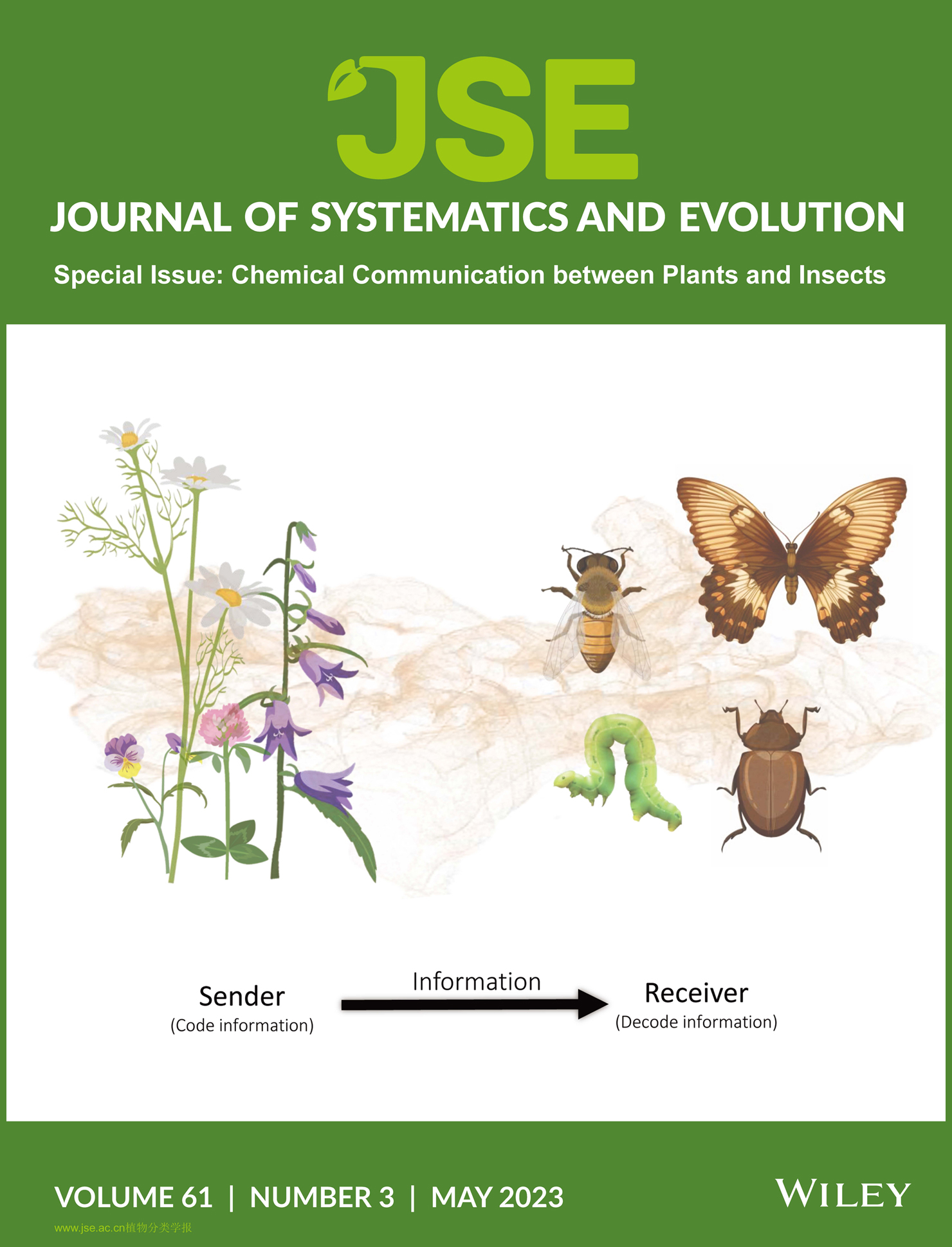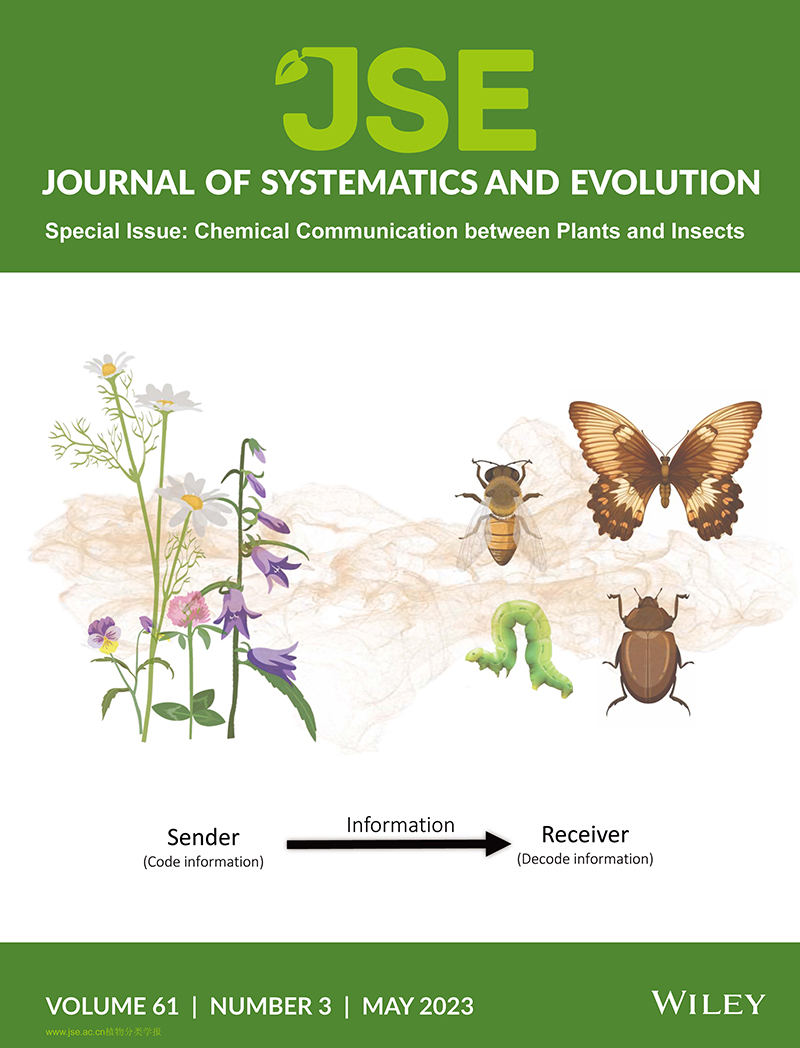Jia-Xing Fang, Da-Feng Chen, Xia Shi, Su-Fang Zhang, Fu Liu, Wei-Xing Shen, Chun-Yan Jia, Shen-Cheng Ma, Zhen Zhang, and Xiang-Bo Kong
Cuticular hydrocarbons of Cerambycidae species can function as signals for sex recognition. Little is known about the copulatory signals of the juniper bark borer Semanotus bifasciatus, a major economic threat to Platycladus orientalis Franco in China. Here, we investigated the cuticular hydrocarbons of both sexes of S. bifasciatus to determine the chemically mediated mating signals using the solid-phase microextraction (SPME) technique with carbowax/divinylbenzene fibers (CAR/DVB) and then analyzed by coupled gas chromatography-mass spectrometry (GC-MS). A series of aliphatic saturated straight-chain n-alkanes (n-C23 to n-C28), internally branched monomethylalkanes at carbons 3, 11, or 13, and dimethylalkanes were identified, which showed no qualitative differences in either sex and were similar in the samples with SPME fiber extraction and those with hexane extraction. The bioassay showed that 11-methylpentacosane (11-MeC25), 11-methylhexacosane (11-MeC26), and 11-methylheptacosane (11-MeC27) have sex-specific recognition functions that triggered more mating attempts at a female-specific ratio of 100:4:60 than at a male-specific ratio of 100:85:50. In addition, the female-specific ratio of 11-methylalkanes can elicit about 70% of male mating attempts within about 60 s, whereas live females elicit about 98% of male mating attempts within 25 s. The discrepancy in the initiation of mating attempts by synthetic mixtures and live females suggests that the methyl isomers 3-MeC25, 3-MeC27, and/or 11,15-diMeC27 may also be involved in the mating behavior of S. bifasciatus. These results suggest that 11-MeC25, 11-MeC26, and 11-MeC27 constitute the contact sex pheromone of S. bifasciatus, with the presence or absence of 11-MeC26 in particular playing an important role in mate recognition by males.


